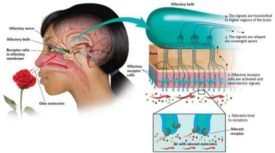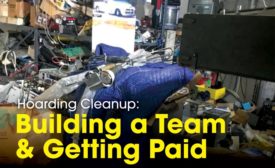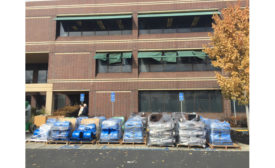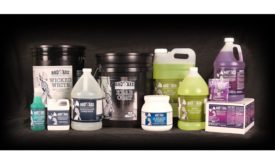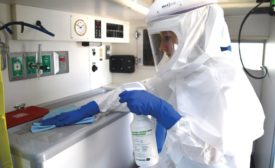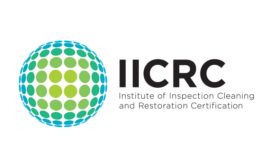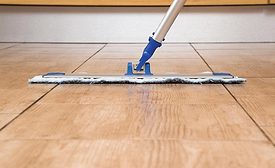Home » indoor air quality
Articles Tagged with ''indoor air quality''
6 Things to Know to Get Paid for Sewage Claims
A continuing conversation on getting paid, working with mortgage companies, and insurance dilemmas.
Read More
Save the Date: 2018 RIA Forensic Restoration Conference
Event planned for July 16-17 in Cincinnati.
November 28, 2017
Stay ahead of the curve with our eNewsletters.
Get the latest industry updates tailored your way.
JOIN TODAY!Copyright ©2024. All Rights Reserved BNP Media.
Design, CMS, Hosting & Web Development :: ePublishing


